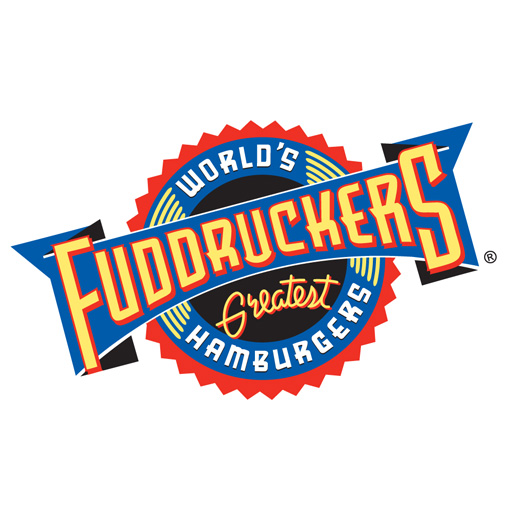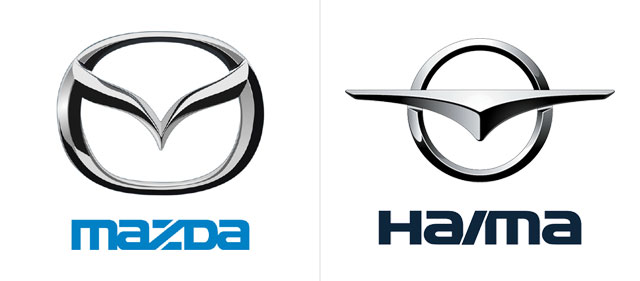The goal of a logo is to perfectly represent your brand to an audience, while also differentiating you from others out there. When someone looks at your logo they should be able to determine two things: if they desire the product and if they want to buy it from your company. Get it right, and your logo design choices will make a big difference in helping you communicate your message to your customer.
Familiarize yourself with logo design principles below and you'll be well on your way towards creating an effective and successful logo.
1. Simplicity
The best logos – the ones that give the viewer an immediate and clear sense of “you” – are clean and uncluttered. In general, less is more and simplicity is more impactful. Like this:

Remember that logos are used in a variety of ways, on different platforms and in various formats and sizes, so fine details will be lost. A strong logo will have few elements, each of which can be identified easily and integral to what you’re hoping to communicate. If you have elements that don’t contribute to the whole, get rid of them.
2. Notibility
A logo should be easily recalled after just a glance. A glance, after all, is typically all your logo is going to get from most people.
Like any symbol, it should stand for something singular, and it should be easily recalled if, after a person looks at it, he or she can immediately describe its basic elements (“It’s three interlocking circles” or “It’s a dog with a bone”). A logo that’s complex, fussy, has multiple parts and pieces or is overly stylized will be difficult for the viewer to “get” and, as a consequence, easily dismissed:

3. Originality
Don’t settle for a me-too logo. Do a quick search of logos in your industry and look for patterns and avoid mimicking them. Telecomm is filled with logos featuring globes, technology and electronics with logos that involve swooshes, and dentistry with logos of teeth or smiles. These all make sense and communicate what the companies want them to, but if you do the same you lose all hope of getting noticed:

4. Timelessness
“Modern” is “today,” but not so “today” that in five years your logo will look silly.
A logo should be modern in that it should be contemporary, yet not so nuanced with “hot” components that when that trend has run its course you’ll be left with something that feels outdated. Because then your company feels outdated to your prospects. Your overall approach should be modern as should specific elements, colors and typefaces.
Some logos have changed little over time, only tweaked to make them more modern but keeping essential elements intact, like UPS, Starbucks and Burger King:

5. Balance
The best logos are designed using principles of proportion and symmetry. The Apple logo and the Twitter logo utilize circles of proportionate values as well as symmetry to create a pleasing, balanced aesthetic quality.

6. Coherence
Your logo’s graphic device and your typeface work together (in what’s typically called a lockup) and enhance one another. Or they should. If your graphic device is clean and linear, don’t select a typeface that’s complex and playful. The two elements are really one, even if you determine times they can be used separately, and they must be complementary:

Remember: your logo will be used in a number of ways and in multiple contexts.
Here are just a few:
- On t-shirts, baseball caps and, bags
- On pens, keychains and water bottles
- On very horizontal and extremely vertical banners
- On both black and white backgrounds (make sure your designer creates your logo in black and in white to satisfy these needs if necessary)
- Very large and very, very small
- Alongside other company logos, like those for specific products and services
Your logo has to maintain its integrity and serve its purpose no matter what the use. A good designer will understand all this and create a logo that works in all situations. He or she will also take into consideration any other branding elements, like textures or patterns, that are part of your brand and create a logo that complements them.
.png?width=200&height=73&name=Logo(1).png)

